A new study by applied physicists used a custom-designed microscope to examine supermoiré patterns in trilayer graphene.
Category: physics – Page 20
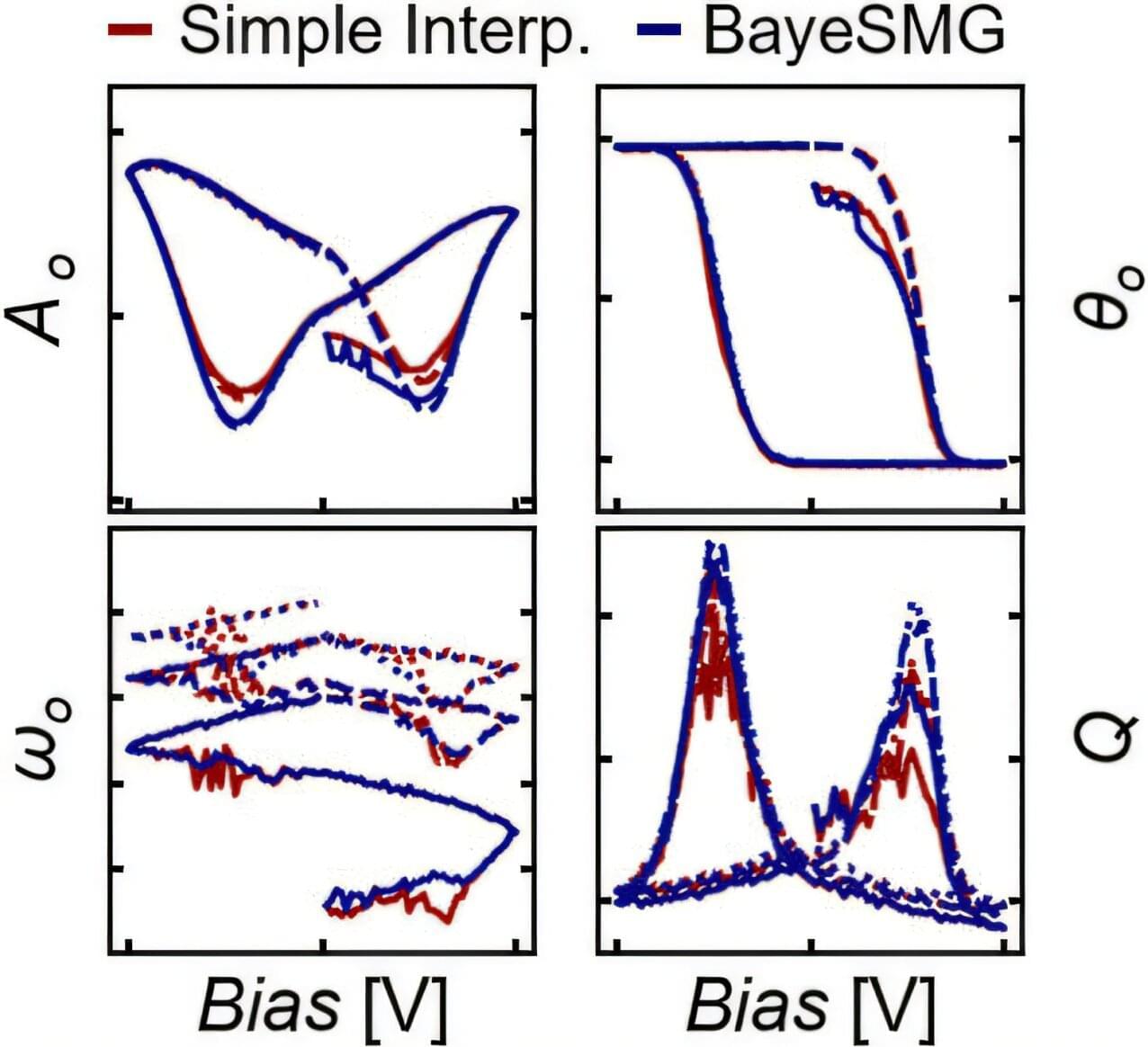
Finding clarity in the noise: New approach recovers hidden signals at the nanoscale
In the world of nanotechnology, seeing clearly isn’t easy. It’s even harder when you’re trying to understand how a material’s properties relate to its structure at the nanoscale. Tools like piezoresponse force microscopy (PFM) help scientists peer into the nanoscale functionality of materials, revealing how they respond to electric fields. But those signals are often buried in noise, especially in instances where the most interesting physics happens.
Now, researchers at Georgia Tech have developed a powerful new method to extract meaningful information from even the noisiest data, or when, alternatively, the response of the material is the smallest. Their approach, which combines physical modeling with advanced statistical reconstruction, could significantly improve the accuracy and confidence of nanoscale measurement properties.
The team’s findings, led by Nazanin Bassiri-Gharb, Harris Saunders, Jr. Chair and Professor in the George W. Woodruff School of Mechanical Engineering and School of Materials Science and Engineering (MSE), are reported in Small Methods.

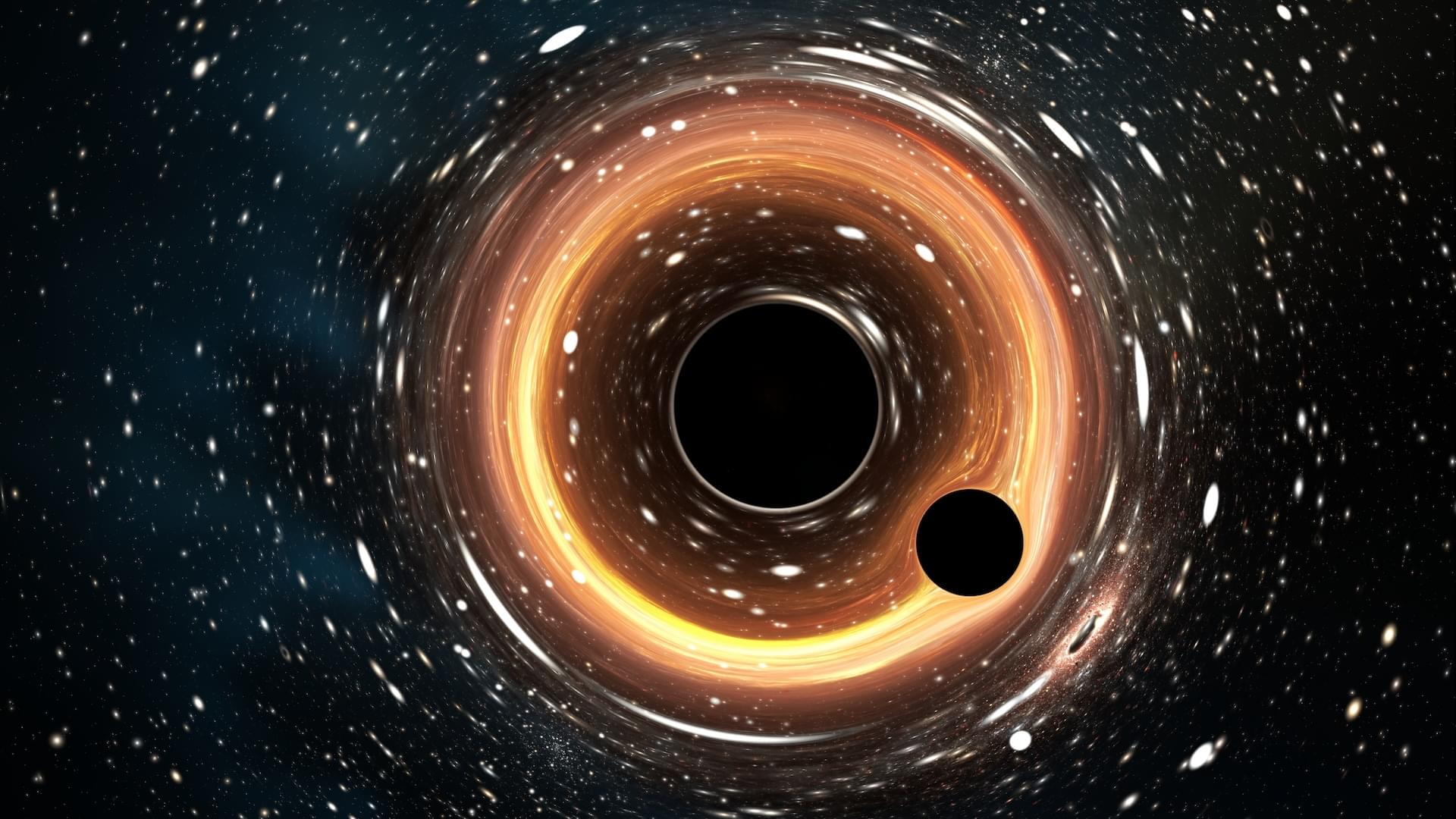
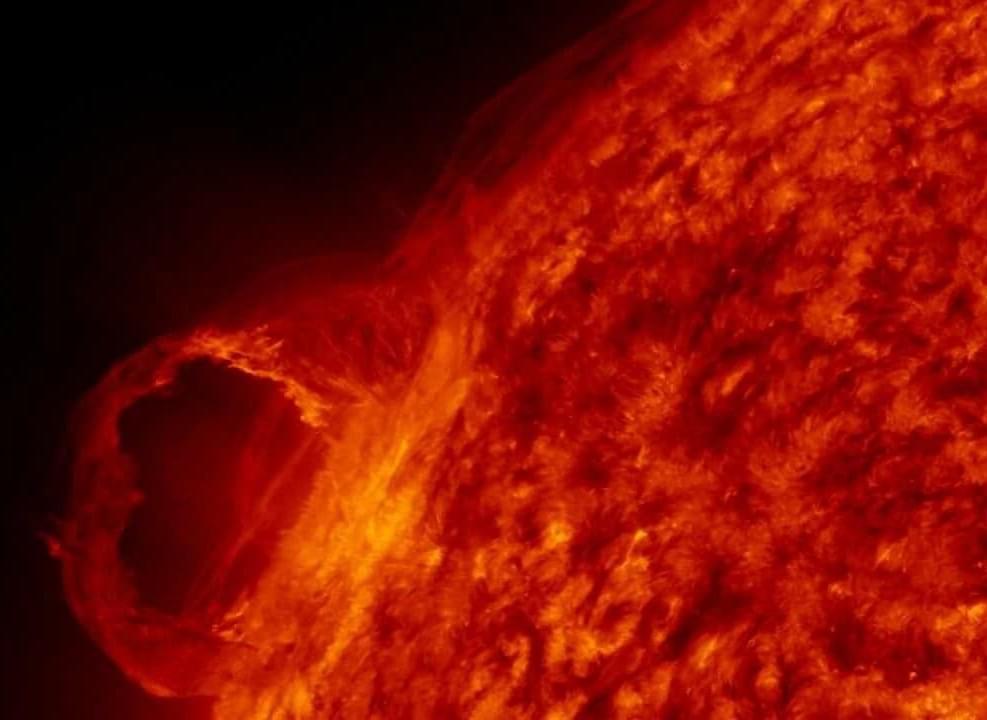
Study reveals mechanisms of rapidly driven plasma magnetic reconnection
A research team from the Yunnan Observatories of the Chinese Academy of Sciences has shed new light on the magnetic reconnection process driven by rapidly expanding plasma, using magnetohydrodynamic (MHD) numerical simulations. Their findings, published recently in Science China Physics, Mechanics & Astronomy, reveal previously unobserved fine structures and physical mechanisms underlying this fundamental phenomenon.
Magnetic reconnection—a process where magnetic field lines break and rejoin, releasing massive energy—is critical to understanding explosive events in plasmas, from laboratory experiments to solar flares and space weather.
The team focused on how this process unfolds under rapid driving conditions, examining three distinct reconnection modes: flux pile-up, Sonnerup, and hybrid. These modes, they found, arise from variations in gas pressure and magnetic field strength within the inflow region, where plasma is drawn into the reconnection site.

Gold Survives 33,740°F, Overturning a 40-Year Physics Theory
Scientists have made the first-ever direct measurement of atomic temperatures in extreme materials, shattering a four-decade-old theory about how far solids can be superheated.
Using a powerful laser and ultrabright X-rays, researchers at SLAC and collaborating institutions heated gold to an astonishing 19,000 K, more than 14 times its melting point, while it remained solid. This breakthrough not only redefines the limits of matter under extreme conditions but also opens the door to new insights into planetary interiors, fusion energy research, and high-energy density physics.
Measuring the unmeasurable: cracking the heat code.

Using geometry and physics to explain feature learning in deep neural networks
Deep neural networks (DNNs), the machine learning algorithms underpinning the functioning of large language models (LLMs) and other artificial intelligence (AI) models, learn to make accurate predictions by analyzing large amounts of data. These networks are structured in layers, each of which transforms input data into ‘features’ that guide the analysis of the next layer.
The process through which DNNs learn features has been the topic of numerous research studies and is ultimately the key to these models’ good performance on a variety of tasks. Recently, some computer scientists have started exploring the possibility of modeling feature learning in DNNs using frameworks and approaches rooted in physics.
Researchers at the University of Basel and the University of Science and Technology of China discovered a phase diagram, a graph resembling those used in thermodynamics to delineate liquid, gaseous and solid phases of water, that represents how DNNs learn features under various conditions. Their paper, published in Physical Review Letters, models a DNN as a spring-block chain, a simple mechanical system that is often used to study interactions between linear (spring) and nonlinear (friction) forces.
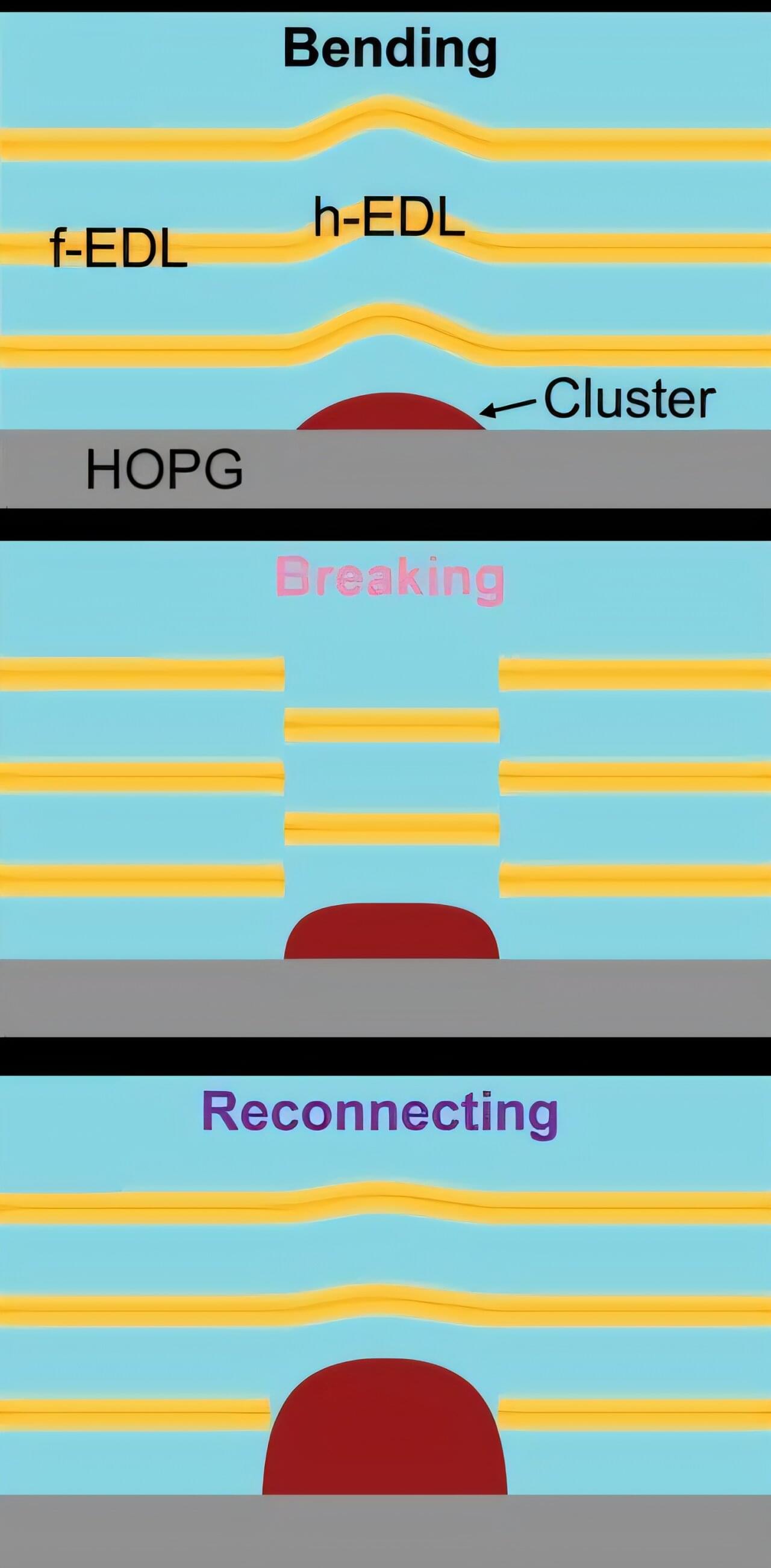
Microscopic imaging reveals how electric double layers form at battery nucleation sites
Electrochemical cells—or batteries, as a well-known example—are complex technologies that combine chemistry, physics, materials science and electronics. More than power sources for everything from smartphones to electric vehicles, they remain a strong motivation for scientific inquiry that seeks to fully understand their structure and evolution at the molecular level.
A team led by Yingjie Zhang, a professor of materials science and engineering in The Grainger College of Engineering at the University of Illinois Urbana-Champaign, has completed the first investigation into a widely acknowledged but often overlooked aspect of electrochemical cells: the nonuniformity of the liquid at the solid-liquid interfaces in the cells.
As the researchers report in the Proceedings of the National Academy of Sciences, microscopic imaging revealed that these interfacial structures, called electrical double layers (EDLs), tend to organize into specific configurations in response to chemical deposition on the surface of the solid. The paper is titled “Nucleation at solid–liquid interfaces is accompanied by the reconfiguration of electrical double layers.”
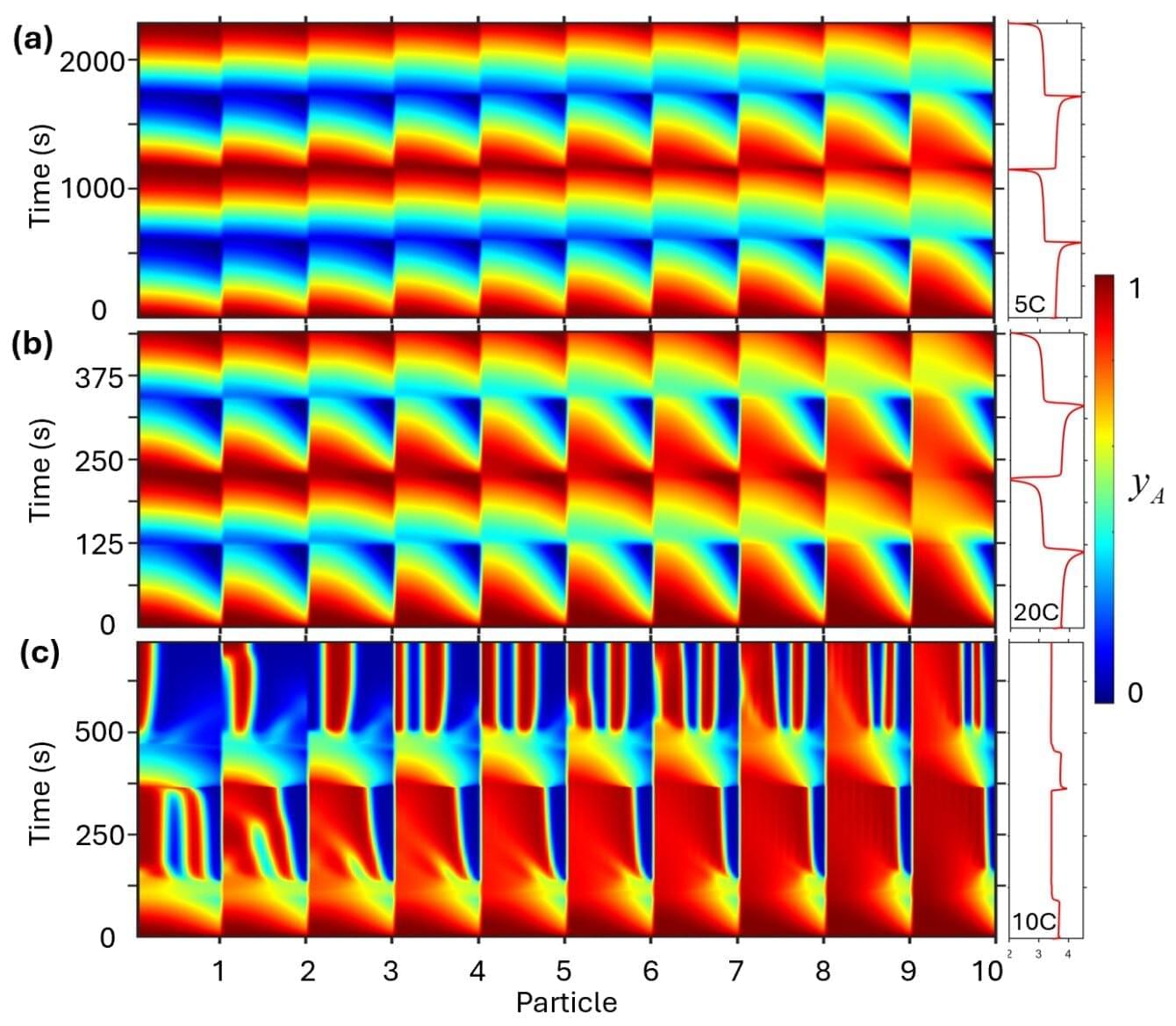
New physical model aims to boost energy storage research
Engineers rely on computational tools to develop new energy storage technologies, which are critical for capitalizing on sustainable energy sources and powering electric vehicles and other devices. Researchers have now developed a new classical physics model that captures one of the most complex aspects of energy storage research—the dynamic nonequilibrium processes that throw chemical, mechanical and physical aspects of energy storage materials out of balance when they are charging or discharging energy.
The new Chen-Huang Nonequilibrium Phasex Transformation (NExT) Model was developed by Hongjiang Chen, a former Ph.D. student at NC State, in conjunction with his advisor, Hsiao-Ying Shadow Huang, who is an associate professor of mechanical and aerospace engineering at the university. A paper on the work, “Energy Change Pathways in Electrodes during Nonequilibrium Processes,” is published in The Journal of Physical Chemistry C.
But what are “nonequilibrium processes”? Why are they important? And why would you want to translate those processes into mathematical formulae? We talked with Huang to learn more.
New Theory: Space Has Memory, Stores Information
Use my code SABINE at https://displate.com/@sabine get 1 Displates for 23% off & 2–3 Displates for 27% off, and 4 or more for Displates for 33% off!
(*Not applicable on Lumino, Textra and Limited Edition).
Gravitational memory is the idea that gravity’s ability to duplicate information from other forces should somehow store that information in certain masses. A group of physicists has now published a series of papers claiming that this idea might solve the black hole information loss problem and explain dark matter. Really? Let’s take a look.
🤓 Check out my new quiz app ➜ http://quizwithit.com/
📚 Buy my book ➜ https://amzn.to/3HSAWJW
💌 Support me on Donorbox ➜ https://donorbox.org/swtg.
📝 Transcripts and written news on Substack ➜ https://sciencewtg.substack.com/
👉 Transcript with links to references on Patreon ➜ https://www.patreon.com/Sabine.
📩 Free weekly science newsletter ➜ https://sabinehossenfelder.com/newsletter/
👂 Audio only podcast ➜ https://open.spotify.com/show/0MkNfXlKnMPEUMEeKQYmYC
🔗 Join this channel to get access to perks ➜
https://www.youtube.com/channel/UC1yNl2E66ZzKApQdRuTQ4tw/join.
#science #sciencenews #physics #gravity